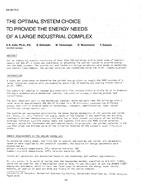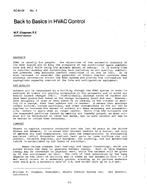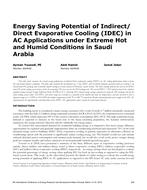This paper presents research results from simulations and a field investigation of a domestic hot water (DHW) system incorporating a water-to-water heat pump and a subslab earth-coupled loop. The research stems from a need for nonsolar, high-efficiency, DHW system alternatives to help reach the whole-house energy savings goals of 50% and higher. A schematic diagram of the system is used to explain the system concept, emphasizing daily average DHW loads and the resulting load density imposed on the slab. A comparison to air-to-water heat pumps summarizes the primary advantages and market barriers of this system type. A summary of the analysis using a transient system simulation model is reviewed, and sensitivity to key system parameters and user schedules is discussed. The relative importance of subhourly simulation time steps and hot water demand schedules is explained. Collateral energy impacts of individual system components are then presented on monthly and annual bases and compared to results from a base-case simulation incorporating a conventional electric resistance water heater. Additional or reduced heat flux through the slab and standby tank losses/gains are of particular interest, as are variations due to foundation type and climate. The calculation of the net whole-house coefficient of performance is explained and total annual energy consumption is presented.
Presented at Thermal Performance of Exterior Envelopes of Whole Buildings X – December 2007
Units: Dual
Citation: Thermal Performance of Exterior Envelopes of Whole Buildings X
Product Details
- Published:
- 2008
- Number of Pages:
- 9
- File Size:
- 1 file , 3.5 MB
- Product Code(s):
- D-BldgsX108


